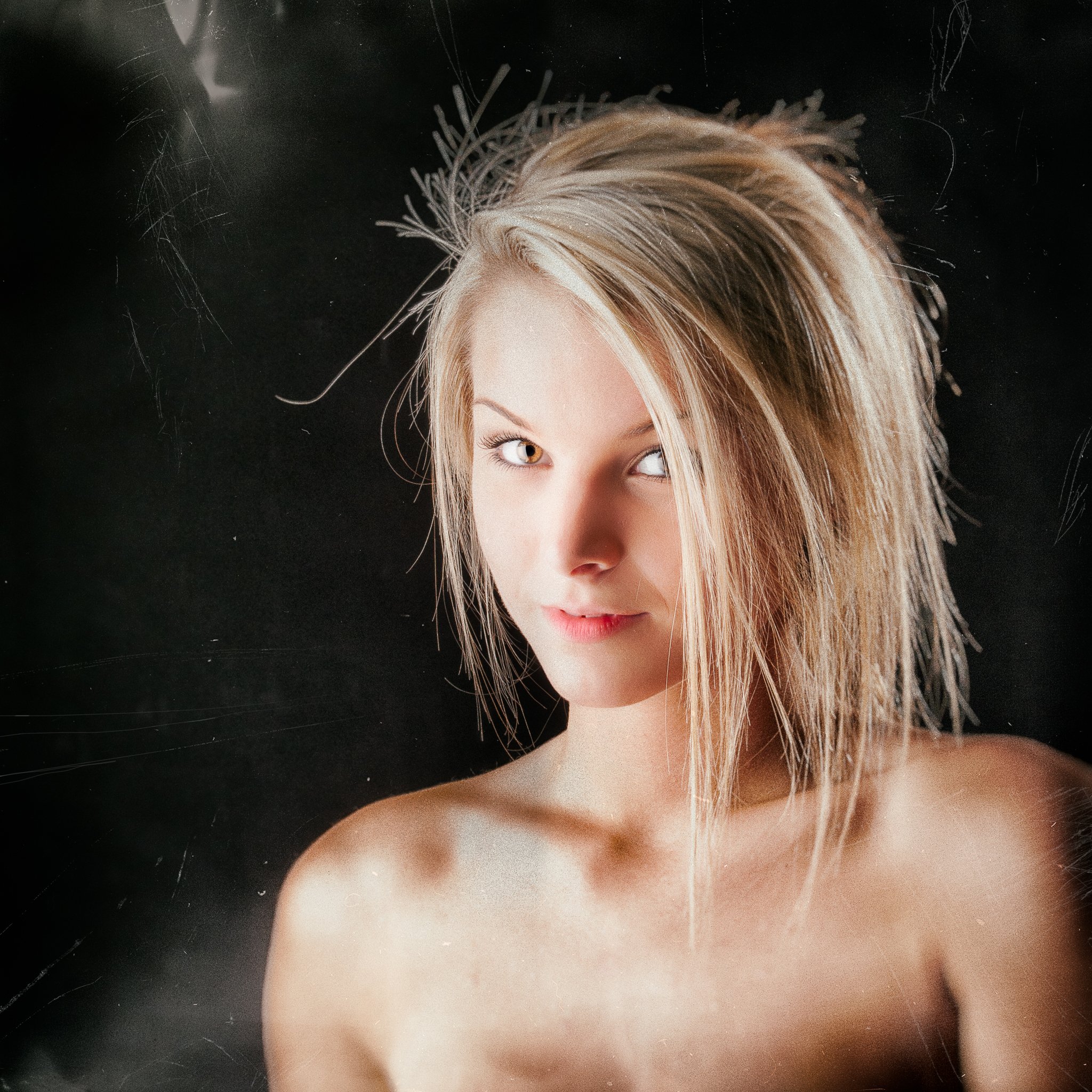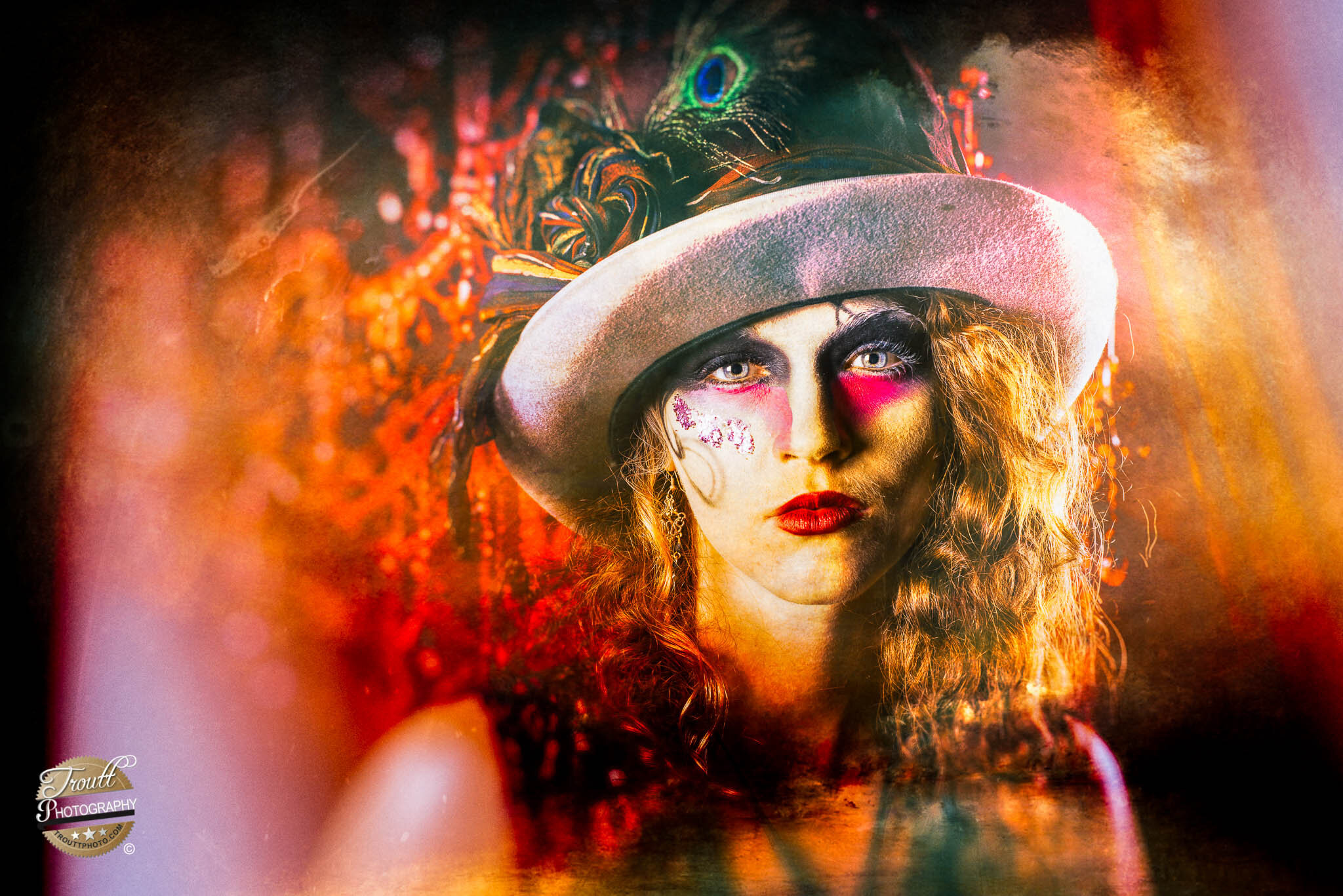Fine Art and Conceptual Photography
The Power of That Extra 1%.
Unleashing Your Unique Style
In the world of photography, the art of editing is a powerful tool that can take your images from ordinary to extraordinary. Going that extra 1% in your editing process can make a huge difference and help you develop your own unique style. Today, let's explore the benefits of investing that additional effort in refining your photos.
First and foremost, dedicating time and effort to your editing allows you to unleash your creativity. Experimenting with various techniques and adjustments enables you to craft your own distinct style, setting you apart from others and leaving a lasting impression on your audience.
Attention to detail is another significant advantage of going that extra mile in editing. By refining colors, adjusting exposure, and sharpening fine details, you create a polished and professional look that captivates viewers and draws them deeper into the story your photo tells.
Moreover, the emotional connection you establish with your audience through your editing choices is incomparable. The right colors, tones, and textures can evoke powerful emotions, allowing your viewers to feel a personal connection to your work.
Authenticity is a key factor in today's visual world. By investing that additional 1% in editing, you create an authentic representation of your artistic vision. Embracing your individuality and style will set you apart from those who rely on generic editing techniques, making your work stand out.
Lastly, the pursuit of that extra 1% drives personal growth and improvement. As you continuously challenge yourself and explore new editing techniques, you'll witness your skills evolve and flourish.
In conclusion, embracing that extra 1% in your photo editing journey is about much more than just improving the final image; it's about embracing your artistic identity, evoking emotions, and making a genuine impact on your audience. So, let your creativity soar, enjoy the process, and watch as your photography evolves into a true reflection of your unique style. Happy editing!
Shooters Block and Me.
If you've ever heard of Writer's Block, you know the feeling of that dark cloud looming over your creative pursuits, hindering productivity for days, weeks, or even years. Well, that's precisely what hit me in late 2019, except it wasn't about writing; it was about my beloved photography. The transition to Creative Fine Art photography back in 2015 had already slowed down my production, as each shoot demanded more time and effort to develop my unique style. At that time, I was primarily collaborating with one talented local model, and while she was incredible, I began to sense a hint of staleness creeping into my work by mid-2019.
Realizing the need to breathe new life into my art, I decided to take a break to rework my future shoot ideas and rekindle the fire within me. But fate had its own plans, and just as I was contemplating this hiatus, 2020 struck with the infamous Covid pandemic. It was a year that challenged us all, and I found myself unable to summon any creative inspiration. My camera gathered dust, and my passion seemed to have taken an unanticipated sabbatical.
In the following year, I tried to reignite my artistic spark, but more often than not, I couldn't bring myself to click the shutter, even when I had ample free time. While I attended a few meetup group shoots, connecting with new models in the industry, it was evident that time had its way of changing things. Many familiar faces had moved on to new endeavors, and the dynamics of the photography world had evolved.
As four years passed with minimal photographic output, my camera remained idle as I sought solace in reediting old photographs and exploring novel editing techniques. Though I can't claim that my creative block has entirely dissipated, I can proudly declare that I am finally ready to embrace the art once again. The yearning to create has resurfaced, and I find myself itching to connect with models and embark on new photographic journeys.
Now, as I contemplate reaching out to models and planning fresh shoots, a mixture of excitement and apprehension fills me. What will this renewed chapter hold? How will my art evolve? These questions, once daunting, now propel me forward into the unknown, eager to embrace the challenges and rewards of my craft.
In conclusion, artistic blocks are a natural part of the creative process. As artists, we must navigate through these tumultuous waters, seeking solace in patience, self-discovery, and the knowledge that every ebb will eventually lead to a flow. So, here's to new beginnings, to capturing fleeting moments, and to the passion that drives us forward in the pursuit of our artistic dreams. Let the journey begin!
5 Ways to Elevate Your Portrait Photography
Capturing stunning portrait photographs requires more than just pointing a camera and clicking the shutter. It involves a combination of technical skills, artistic vision, and the ability to connect with your subjects. Whether you're a beginner or a seasoned photographer looking to enhance your craft, here are five powerful tips to take your portrait photography to the next level:
1. Master Lighting Techniques: In portrait photography, lighting is the key to creating captivating images that truly showcase your subject's personality and features. Experiment with different lighting setups to find what works best for different situations. For outdoor portraits, utilize the golden hours (early morning and late afternoon) when the sun provides a soft, flattering light. When shooting indoors, consider using natural window light or setting up artificial lighting to sculpt the subject's face. Don't be afraid to use reflectors or diffusers to control the intensity of light and reduce harsh shadows. Understanding the interplay between light and shadow will allow you to add depth and dimension to your portraits, enhancing their overall visual appeal.
2. Utilize Depth of Field Creatively: The depth of field (DOF) is the area in front of and behind the subject that appears in focus. By manipulating DOF, you can direct the viewer's attention to specific areas of the photograph. For intimate and engaging portraits, use a wide aperture (low f-stop number) to create a shallow DOF. This will blur the background, allowing your subject to stand out prominently. Conversely, for environmental portraits or group shots, opt for a smaller aperture (high f-stop number) to achieve a deeper DOF, ensuring everyone and the background remains in focus. Creative use of DOF can add context and storytelling elements to your images, bringing a unique perspective to your portrait photography.
3. Establish a Genuine Connection: One of the most crucial aspects of portrait photography is the ability to connect with your subject. Establishing rapport and building trust will help your subject feel at ease, resulting in more authentic and natural expressions. Engage in friendly conversations, show genuine interest in their stories, and actively listen to what they have to say. Always maintain a positive and encouraging attitude, making your subject feel comfortable and confident during the shoot. Additionally, give clear directions and compliments to boost their self-assurance. By fostering a relaxed and enjoyable environment, you'll capture portraits that reflect the true essence of your subject's personality and emotions.
4. Pay Attention to Composition: Composition plays a vital role in guiding the viewer's eye and conveying the mood of your portraits. Familiarize yourself with the rule of thirds and use it to place your subject off-center, creating a visually appealing balance. Leading lines and framing elements can add depth and context to your images, drawing attention to the subject. Be mindful of negative space, as it can evoke emotions and emphasize the subject's presence. When composing, consider the background and remove any distracting elements that might divert attention from the subject. Strive for simplicity and harmony in your compositions, allowing your subject to take center stage and leaving a lasting impact on your audience.
5. Enhance Your Editing Skills: Post-processing is the final stage in bringing your vision to life and adding the finishing touches to your portraits. Learn how to use editing software effectively to fine-tune exposure, color balance, and contrast. Also keep in mind that unless you have a certain style to your photography, you should avoid over-processing and strive for a natural look that enhances the subject's features while preserving their authenticity. The above image was edited using Lightroom, Photoshop, Luminar AI and DXO’s Nik Software. Experiment with different styles and presets to find what complements your artistic vision. Additionally, focus on retouching techniques to subtly remove any distractions or imperfections, without altering the subject's appearance drastically. Remember, post-processing should enhance the portrait's visual impact, not become the centerpiece of your work. A well-executed editing process will elevate your portraits, making them stand out and leave a lasting impression on your audience.
In conclusion, improving your portrait photography requires a blend of technical proficiency and creative flair. Mastering lighting techniques, composition, and depth of field, along with forging connections with your subjects, will undoubtedly set you on the path to capturing captivating and evocative portraits. Don't forget the final step of post-processing to refine your images and achieve a polished and professional look. Happy shooting!
My Typical Editing Workflow
Here is a short video showing my editing workflow for an image I took a few years back. This wasn’t a planned out edit or anything so you will see me mess up a few times and work through how I want to take the image.
Here is a short video showing my editing workflow for an image I took a few years back. This wasn’t a planned out edit or anything so you will see me mess up a few times and work through how I want to take the image. My usual editing flow starts out in Lightroom where I do as much of the basics as possible. From there I will take the image into Photoshop and do any heavy lifting edits. With the style I like for my images I tend to use Nik Software a lot as well. After I do any changes in photoshop or plugins I take the image back into Lightroom for any final adjustments.






